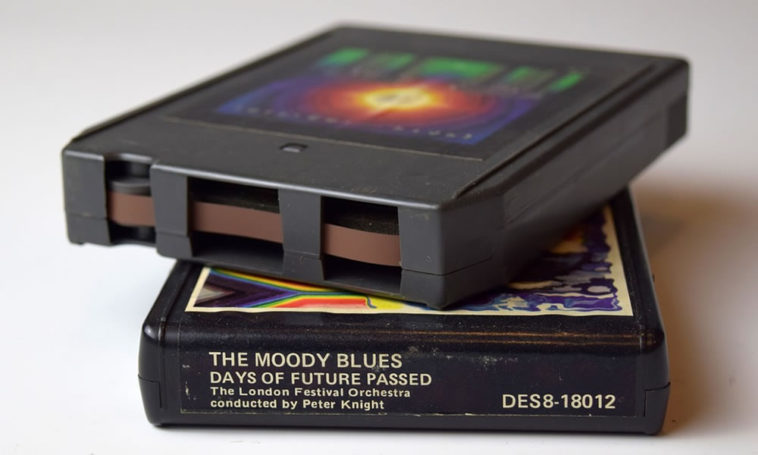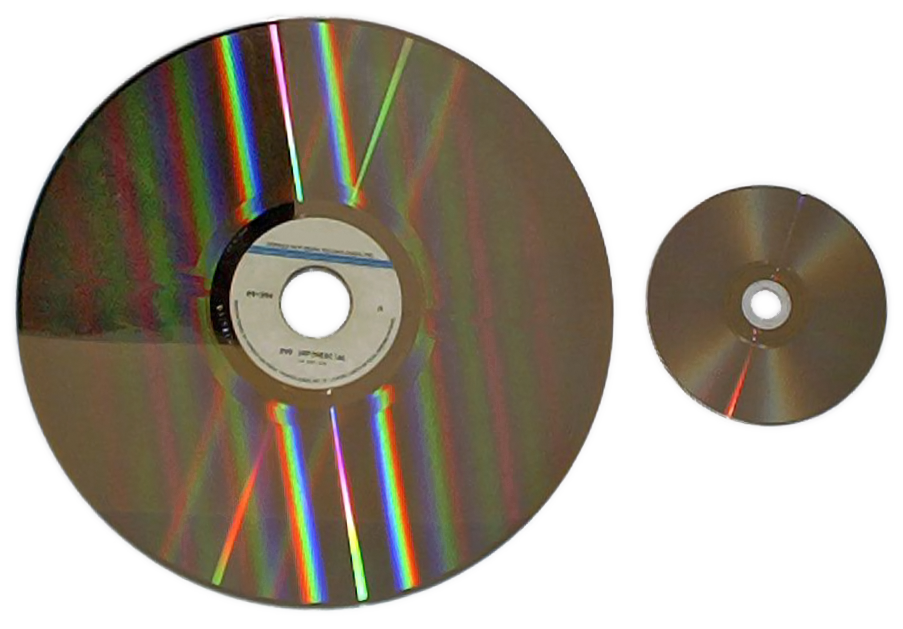The Episode
Wildcat TV
Here’s the link to WCTV’s new Wildcat TV Patreon page: https://www.patreon.com/WildcatTV
Format Wars
Eight Tracks

Cassettes
Betamax vs VHS

Top- Betamax Bottom- VHS
Laserdisc vs DVD

Left – Laserdisc Right- DVD
BlueRay vs HDDVD
These two formats have physical media that look the same. So here’s a chart with a comparison of specs. (Source)
| Feature | DVD | Blu-ray | HD DVD |
|---|---|---|---|
| Maximum native resolutions supported via HDMI | 576p | HDTV (720p, 1080i, 1080p) | HDTV (720p, 1080i, 1080p) |
| Maximum image-constrained native resolutions supported via component video 1 | 576p | 960×540 | 960×540 |
| Disc capacity | 4.7GB (single layer) 8.5GB (dual layer) |
25GB (single layer) 50GB (dual layer) 100GB (prototype quad layer) |
15GB (single layer) 30GB (dual layer) 45GB (prototype triple layer) |
| Video capacity (per dual-layer disc) 2 | SD: approximately 3 hours HD: n/a |
SD: approximately 23 hours HD: approximately 9 hours |
SD: approximately 24 hours HD: approximately 8 hours |
| Audio soundtracks 3 | Dolby Digital EX, DTS-ES | Dolby TrueHD, DTS-HD, Dolby Digital Plus, Dolby Digital, DTS-ES | Dolby TrueHD, DTS-HD, Dolby Digital Plus, Dolby Digital, DTS-ES |
| Manufacturer support (home theatre) 4 | All | LG, Thomson/RCA, Hitachi, TEAC, Kenwood, Onkyo, Fujitsu, Samsung, Sanyo, Hitachi, Mitsubishi, LG, Sharp, Sony, Panasonic, Pioneer, Samsung, Philips, Thomson/RCA, Sharp, TDK | Toshiba, LG, Thomson/RCA, Hitachi, TEAC, Kenwood, Onkyo, Fujitsu, Samsung, Sanyo |
| Manufacturer support (PC storage) 4 | All | Apple, Dell, Benq, HP, LG, Panasonic, Philips, Pioneer, Samsung, Sony, TDK | Microsoft, Intel, HP, NEC, Toshiba, Canon, Ricoh, Maxell, Acer, Lenovo, Imation |
| Studio support 4 | All | Sony Pictures (including MGM/Columbia TriStar), Disney (including Touchstone, Miramax), Fox, Paramount (Steven Spielberg titles only), Warner, Lions Gate | Paramount, Studio Canal, Universal, Warner, The Weinstein Company, Dreamworks, New Line |
Legislation
Cable Act of 1984
Food For Thought
The first experiments in public-access television and/or non-commercial community television began in 1968 with Dale City, Virginia’s Dale City Television (DCTV) and 1970 with Bob & Janeen Burrel at Stoughton, Wisconsin’s WSTO TV.
Also, at that same time in New York City, Fred Friendly, head of the Cable TV and Communications Commission, made recommendations for a leased-access channel for public use. The rent for equipment usage and studio time was opposed and later dropped. This free-access requirement was the contractual beginnings of PEG.
Source: https://en.wikipedia.org/wiki/Public-access_television









